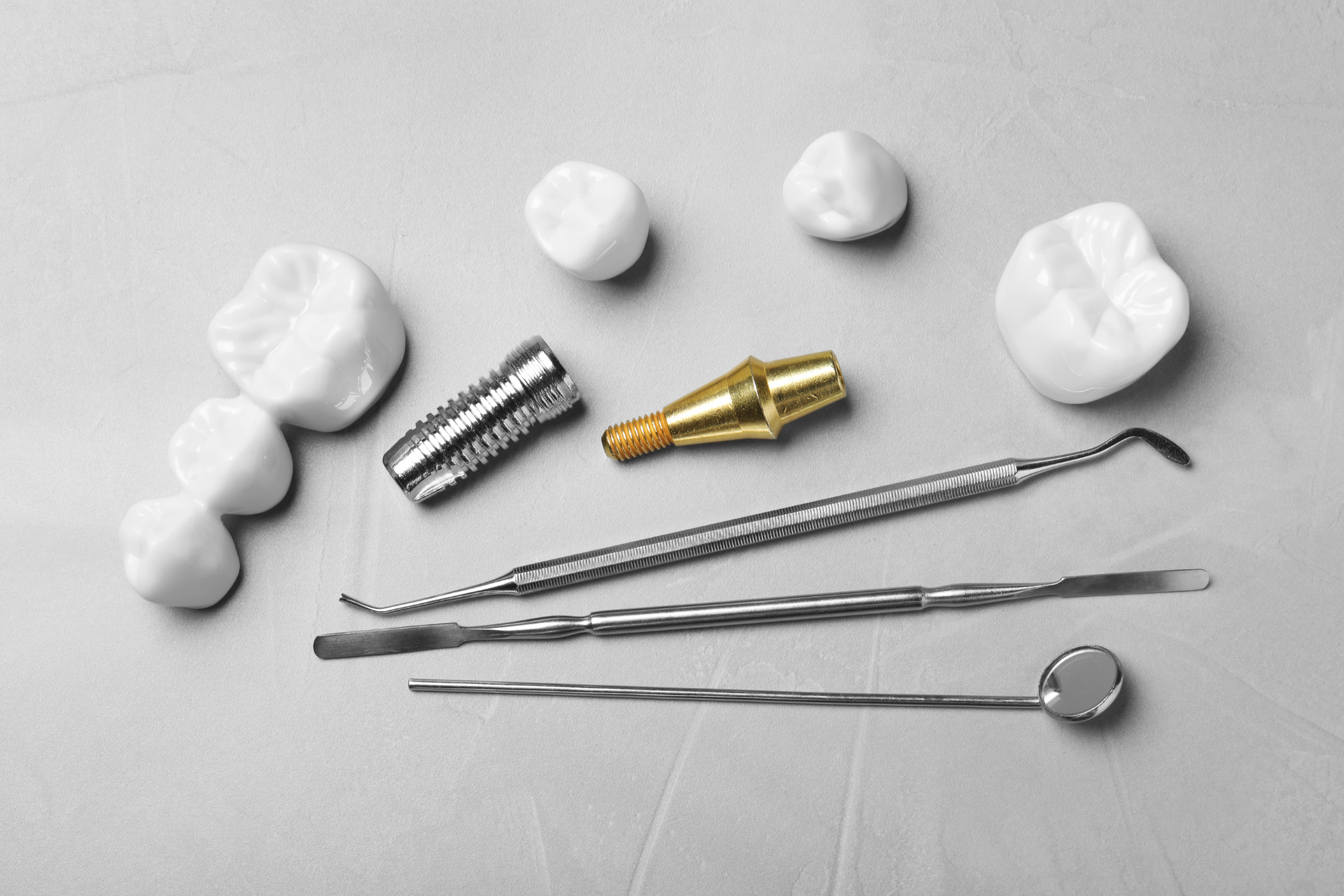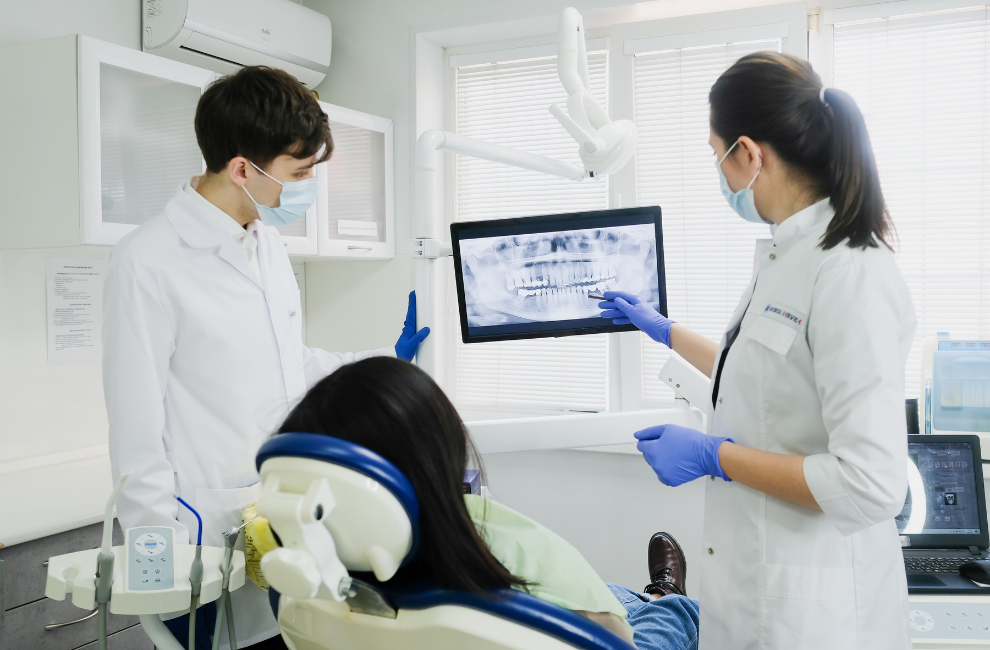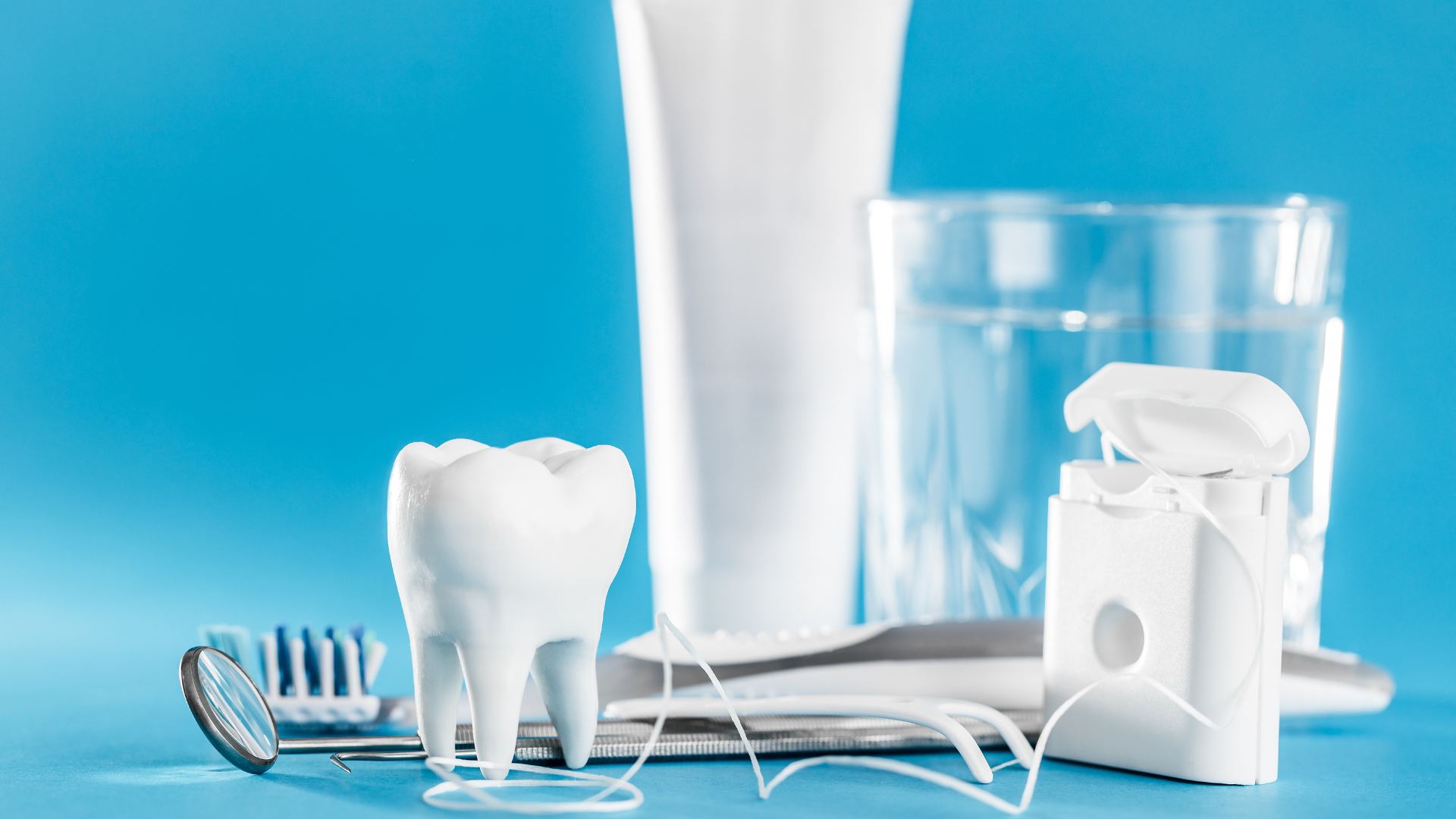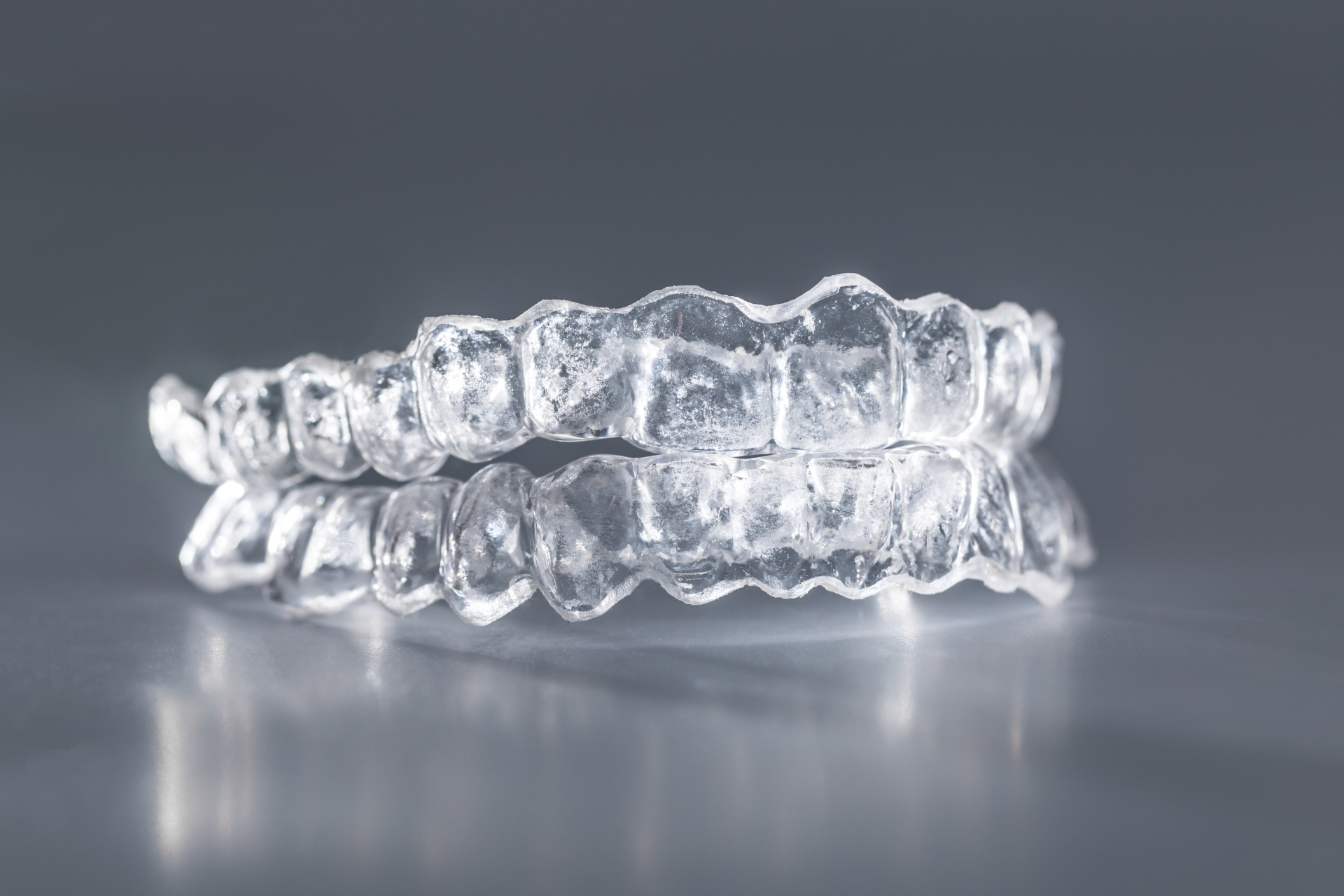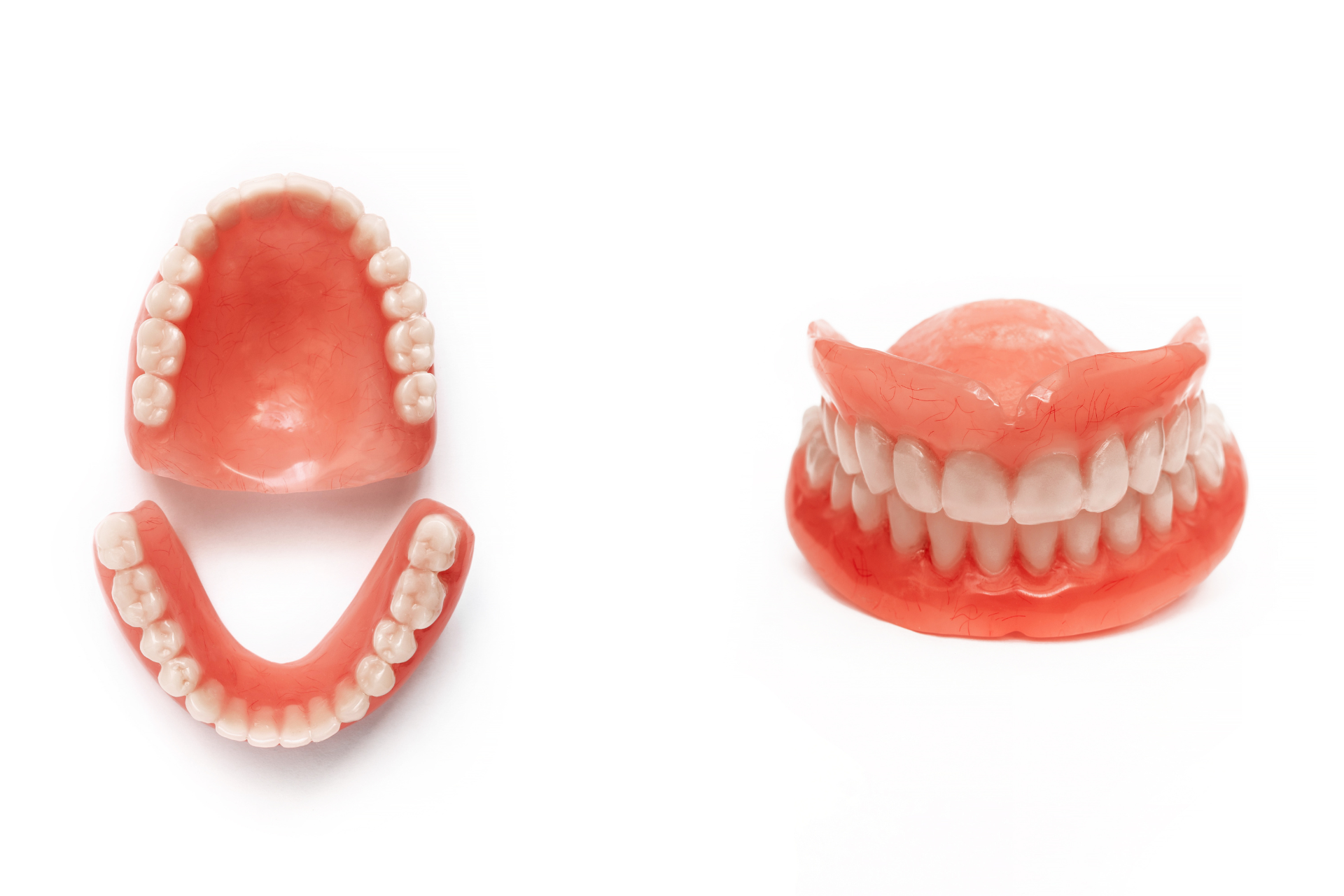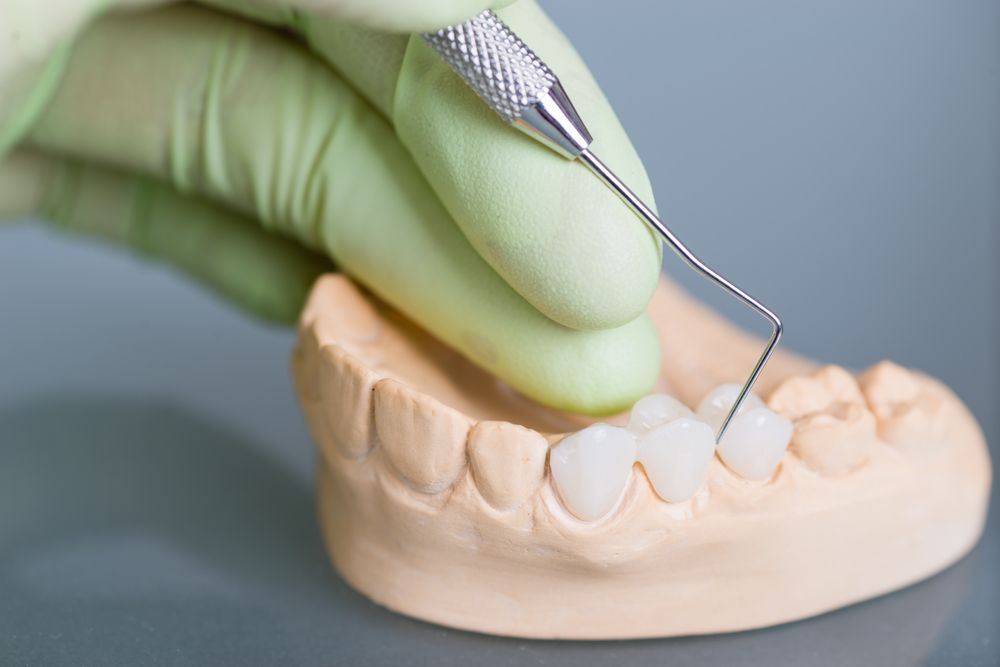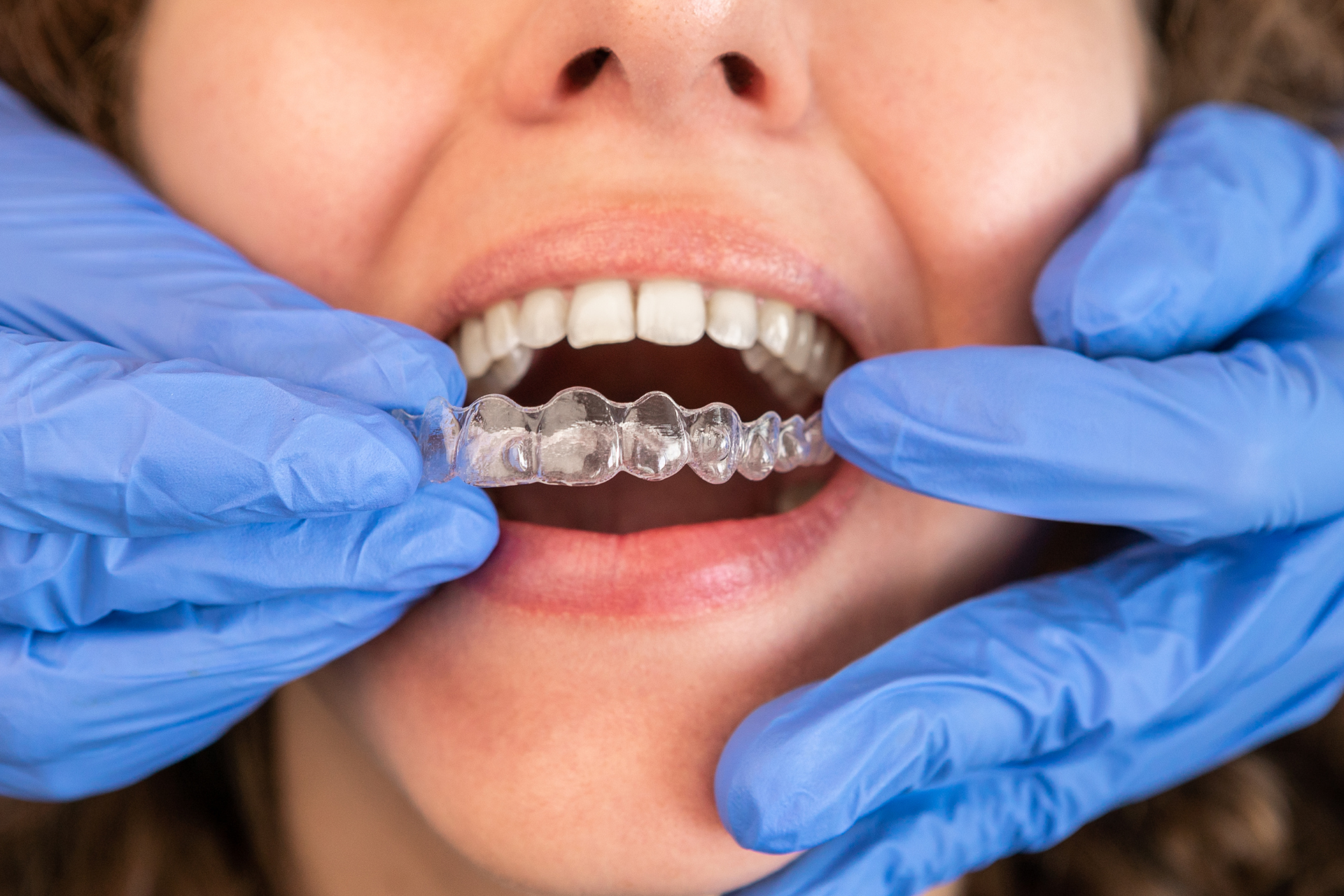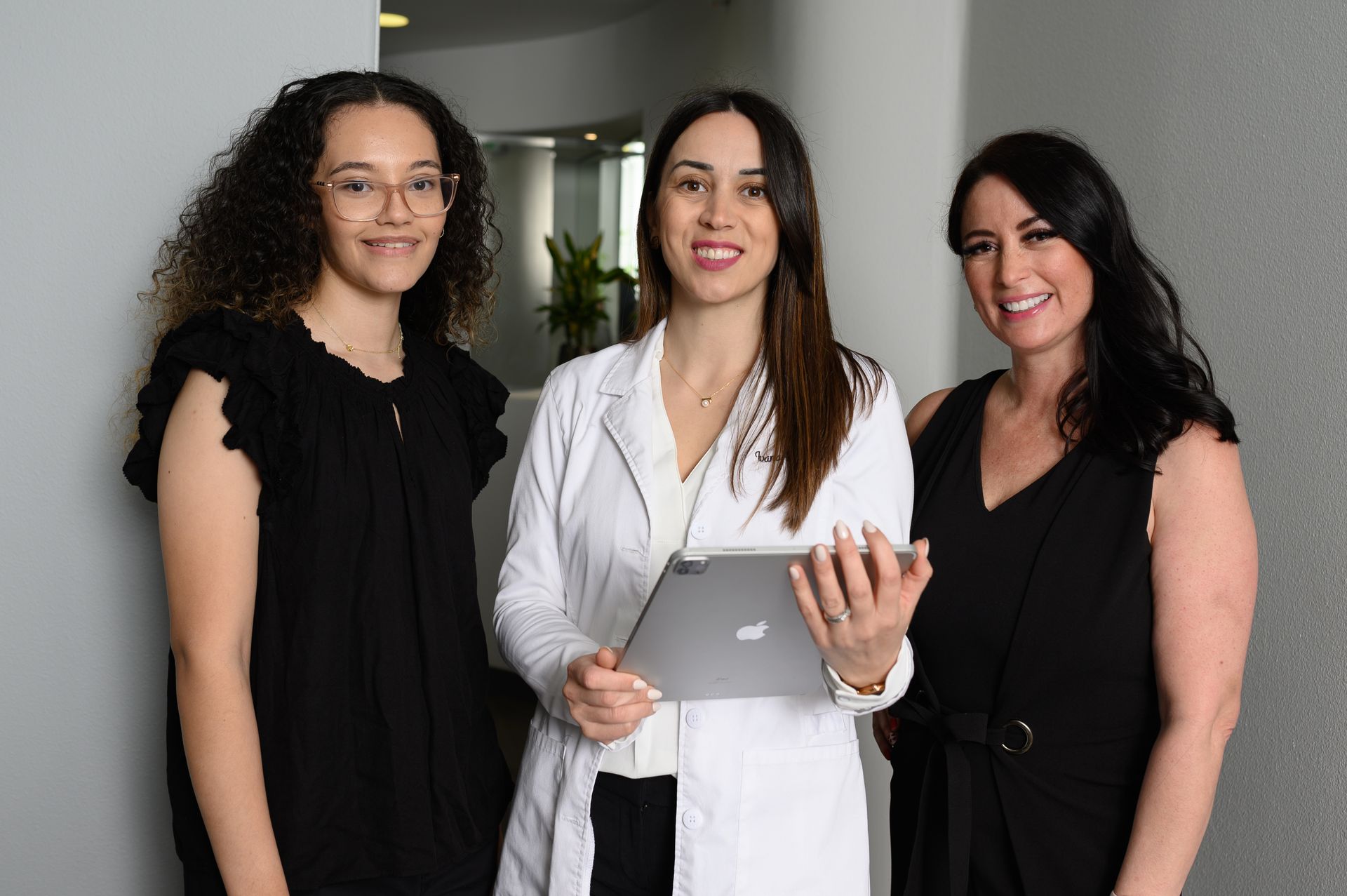Treatment of Gum Disease in Marina District San Diego
Generally speaking we choose not to speak much about gum disease in American society. It’s certainly not a dinner time conversation. But the topic deserves more attention and effort to reduce the prevalence of gum disease and its ravaging impact on our teeth and overall health!
According to the Centers for Disease Control and Prevention (CDC), more than
50% of adults aged 30 and over have some form of gum disease in the United States. The prevalence of gum disease increases with age, and
adults aged 65 and over have the highest rates. Gum disease is also more common in men than in women, and in people who smoke or use tobacco products.
Untreated gum disease can have serious consequences, including tooth loss and an increased risk of other health problems such as heart disease, stroke, and diabetes. It is important to practice good oral hygiene and visit a dental professional regularly to help prevent gum disease and maintain good oral health.
Gum disease, also known as
periodontal disease, is an infection of the gums and the supporting structures of the teeth. It is caused by the build-up of plaque, a sticky film of bacteria that forms on the teeth. If not removed through regular brushing and flossing, plaque can harden into tartar, which can only be removed by a dental professional.
Who treats gum disease?
Gum disease is typically treated by a dentist or a periodontist. A dentist is a medical professional trained to diagnose and treat various oral health conditions, including gum disease. A periodontist is a dental specialist who focuses on treating the gums and other supporting structures of the teeth, including gum disease treatment.
Dental hygienists are trained to clean teeth, remove plaque and tartar, and provide education on oral hygiene. Dental hygienists are also essential members of the oral healthcare team. They may be involved in the treatment of gum disease. They may work with dentists or periodontists to offer treatment for gum disease.
The specific professional treating gum disease will depend on the severity of the condition and the patient's particular needs. In some cases, a dentist can effectively treat the early stages of gum disease, such as gingivitis, with a deep cleaning and oral hygiene instruction. More advanced gum disease cases may require a periodontist's specialized skills and training.
It is essential to visit a dental professional regularly for check-ups and cleanings to help prevent gum disease and maintain good oral health. When experiencing gum disease symptoms, it is important to seek treatment as soon as possible to help prevent the condition from worsening.
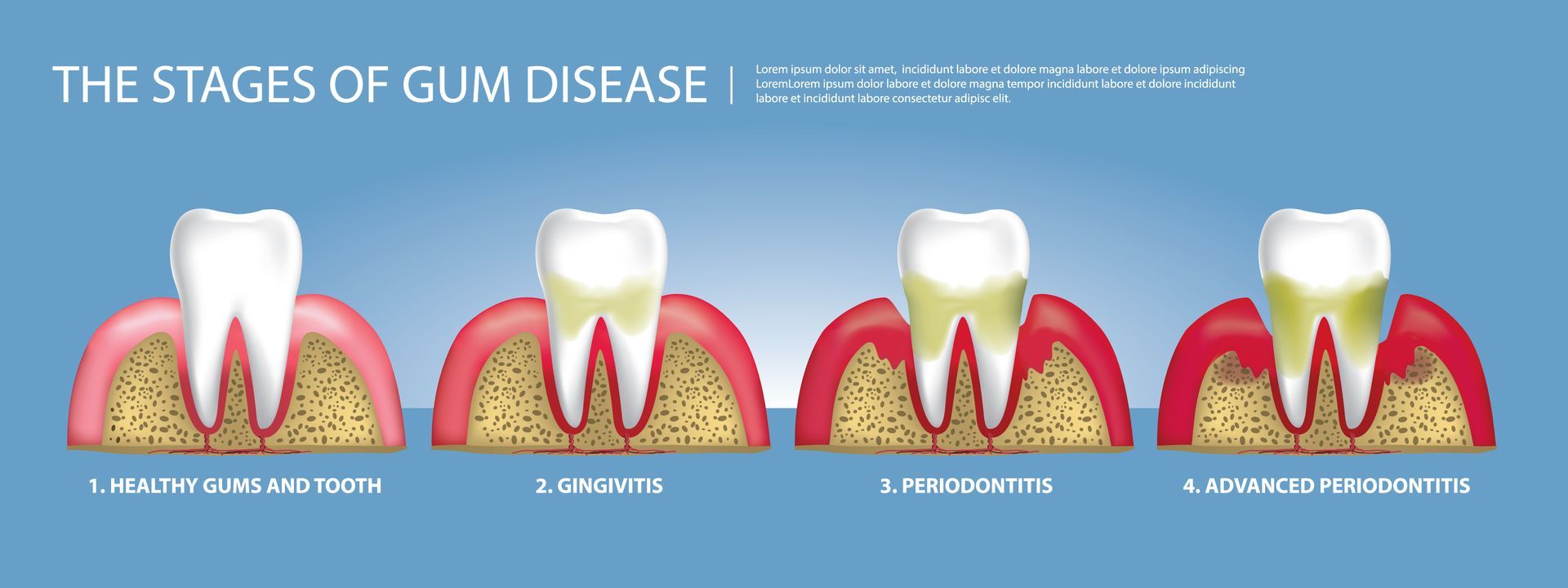
4 Stages of Gum Disease and Treatment
The treatment of gum disease will depend on the disease's stage and the patient's specific needs. There are four stages of gum disease, and each stage requires different treatment. Here is an overview of each stage and its corresponding treatment options:
Stage 1: Gingivitis
Gingivitis is the earliest stage of gum disease and is caused by the buildup of plaque and bacteria on the teeth. Symptoms of gingivitis include red, swollen, and bleeding gums. The good news is that gingivitis is reversible with proper treatment, which includes:
- Professional cleaning: This involves removing the plaque and tartar from your teeth and gums.
- Improved oral hygiene: Brushing twice a day, flossing daily, and using an antiseptic mouthwash can help remove plaque and prevent gingivitis from progressing.
Stage 2: Early periodontitis
If left untreated, gingivitis can progress to early periodontitis. At this stage, the gums start to pull away from the teeth, creating pockets that trap bacteria and debris. The bone and connective tissue that hold the teeth in place may also begin to break down. Treatment options for early periodontitis include:
- Scaling and root planing: This involves deep cleaning of the teeth and gums to remove the plaque and tartar buildup.
- Antibiotics: In some cases, antibiotics may be prescribed to help fight the infection and reduce inflammation.
- Improved oral hygiene: Continuing to brush, floss, and use mouthwash regularly is critical to prevent the disease from progressing.
Stage 3: Moderate periodontitis
In moderate periodontitis, the pockets around the teeth deepen, and the bone and connective tissue continue to break down. Teeth may become loose, and pus may develop around the gums. Treatment options for moderate periodontitis include:
- Scaling and root planing: This treatment is usually repeated to remove the hardened plaque buildup and bacteria.
- Gum surgery: In some cases, surgery may be required to remove the bacteria and reduce the pocket depth.
- Bone grafts: If bone loss has occurred, a bone graft may be necessary to help regenerate new bone.
Stage 4: Advanced periodontitis
Advanced periodontitis is the most severe stage of gum disease, and it can lead to tooth loss. At this stage, the bacteria and infection have caused significant damage to the bone and connective tissue. Treatment options for advanced periodontitis include:
- Scaling and root planing: This treatment is typically repeated multiple times to remove the bacteria and plaque buildup.
- Flap surgery: This involves lifting the gums and removing the bacteria and tartar from the roots of the teeth.
- Bone grafts: If significant bone loss has occurred, bone grafts may be necessary to help regenerate new bone.
- Tooth extraction: In some cases, teeth that cannot be saved may need to be extracted.
What are the benefits of Laser’s in the treatment of gum disease?
Laser therapy is a newer treatment option for gum disease that has several potential benefits compared to traditional treatments such as scaling and root planing.
Some of the potential benefits of using lasers in the treatment of gum disease include:
Reduced pain and discomfort: Laser therapy is generally less painful than traditional gum disease treatments, as the laser can target and remove infected tissue without damaging surrounding healthy tissue.
Improved precision: Lasers are highly precise and can be directed specifically at infected areas, which can help to minimize damage to healthy tissue.
Reduced bleeding: Laser therapy can help to minimize bleeding during treatment, as the laser can seal blood vessels as it works.
Quicker healing time: Because laser therapy is less invasive than traditional gum disease treatments, patients may experience a shorter healing time after treatment.
Enhanced effectiveness: Some studies have shown that laser therapy can be more effective at reducing gum pocket depths and improving gum health compared to traditional treatments.
It's important to note that laser therapy is not suitable for all patients and may not be the best treatment option in all cases. Your dentist or periodontist will be able to recommend the most appropriate treatment for your specific case of gum disease.
5 Frequently Asked Questions About Gum Disease
